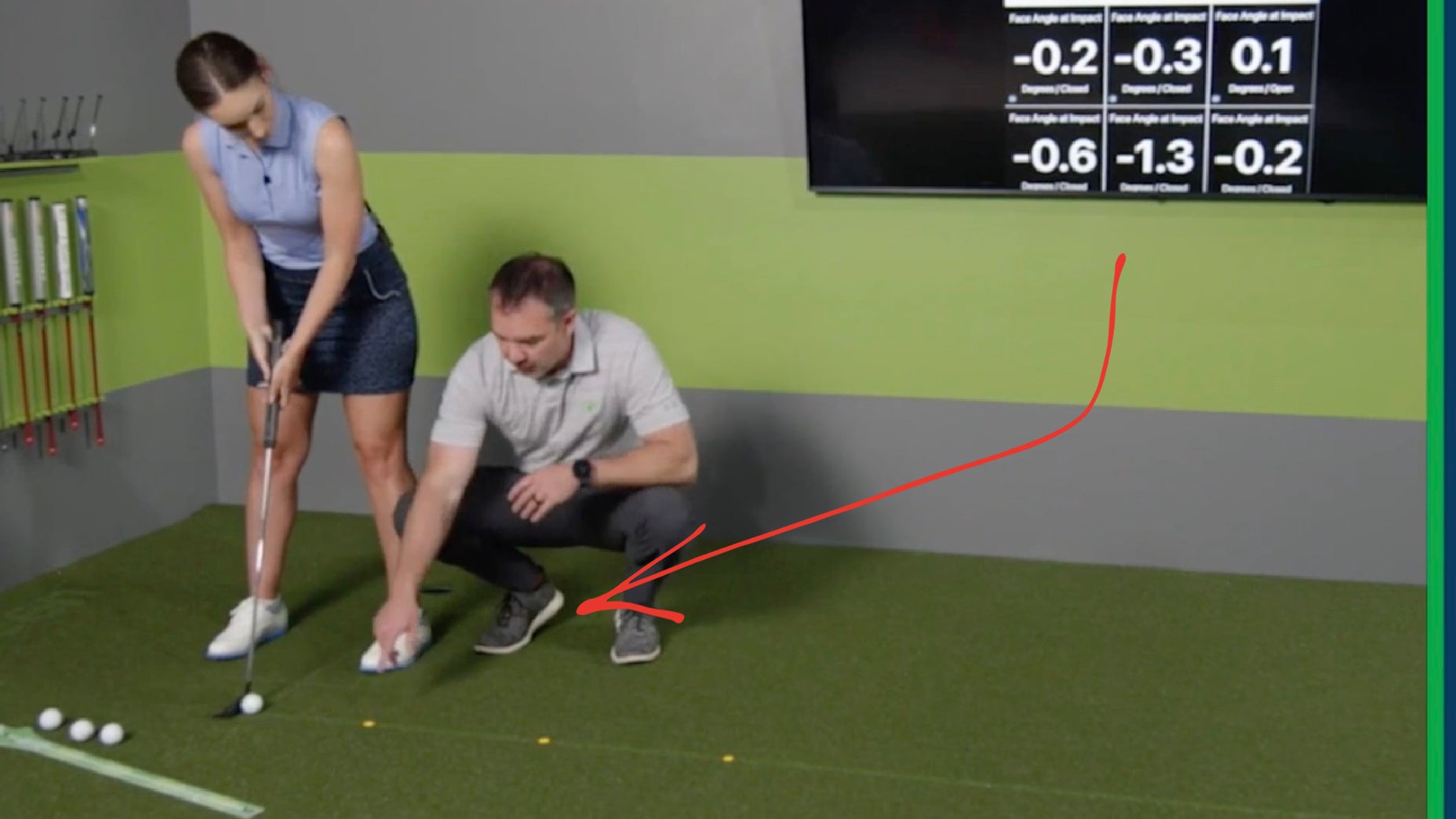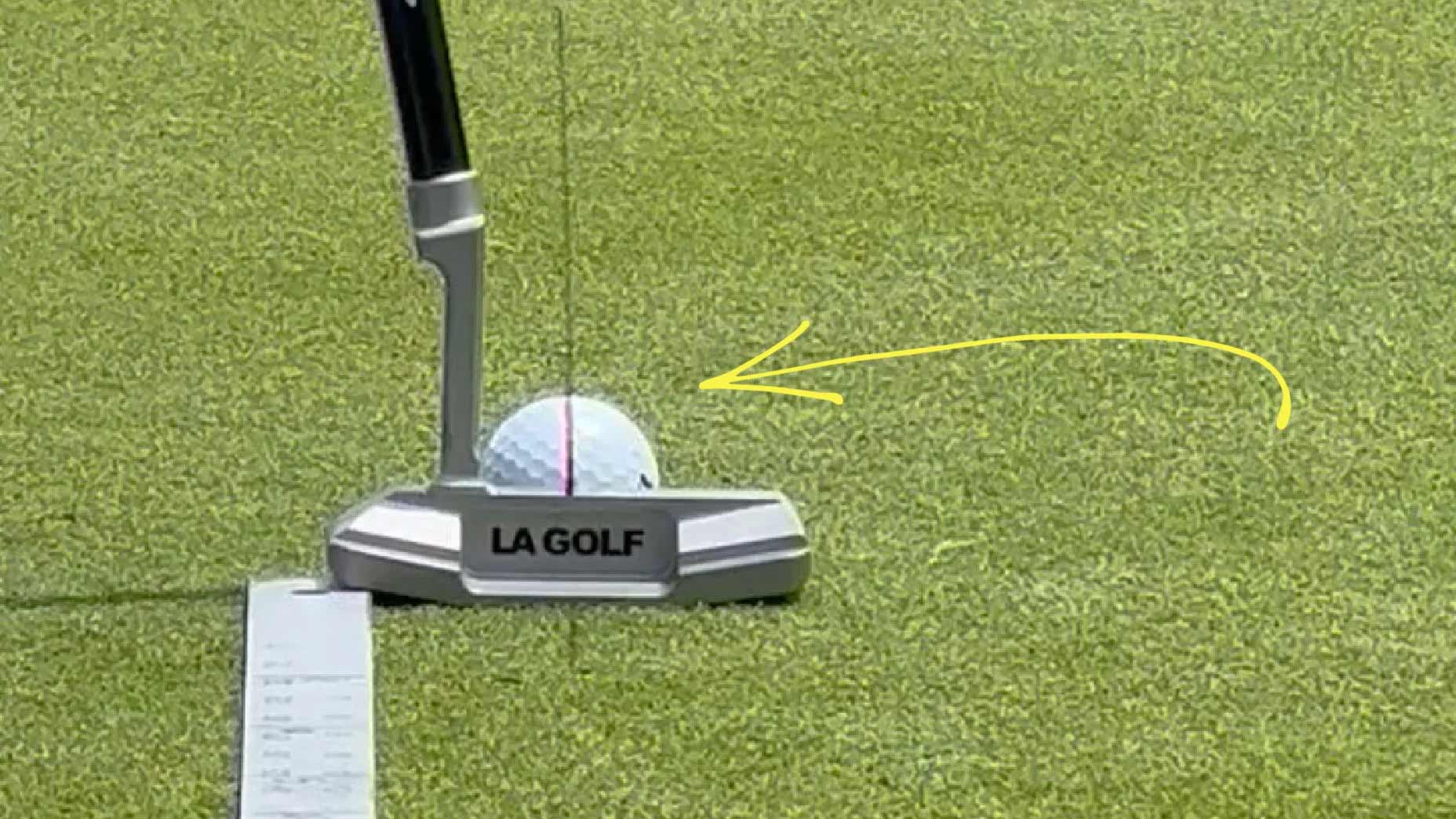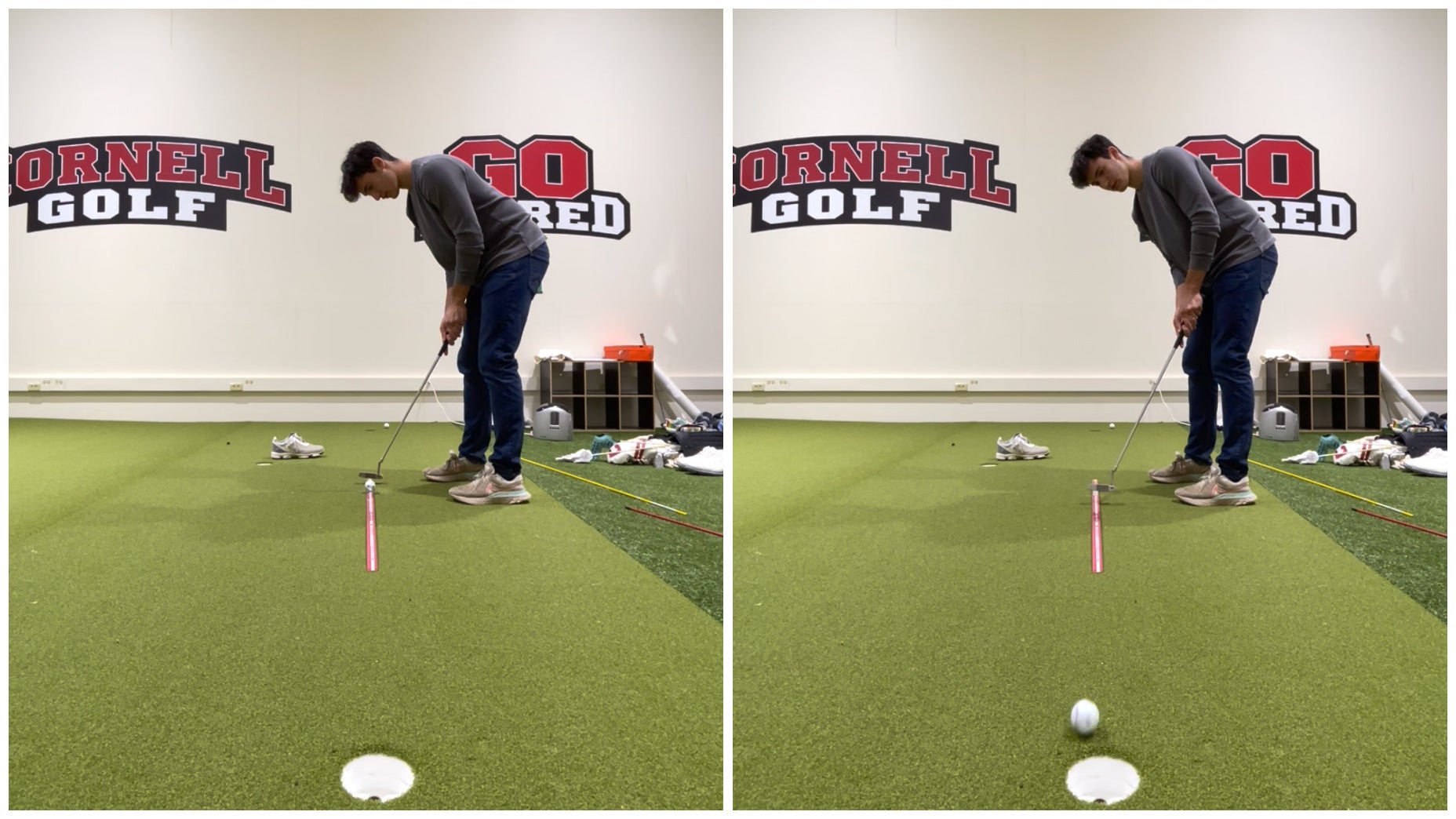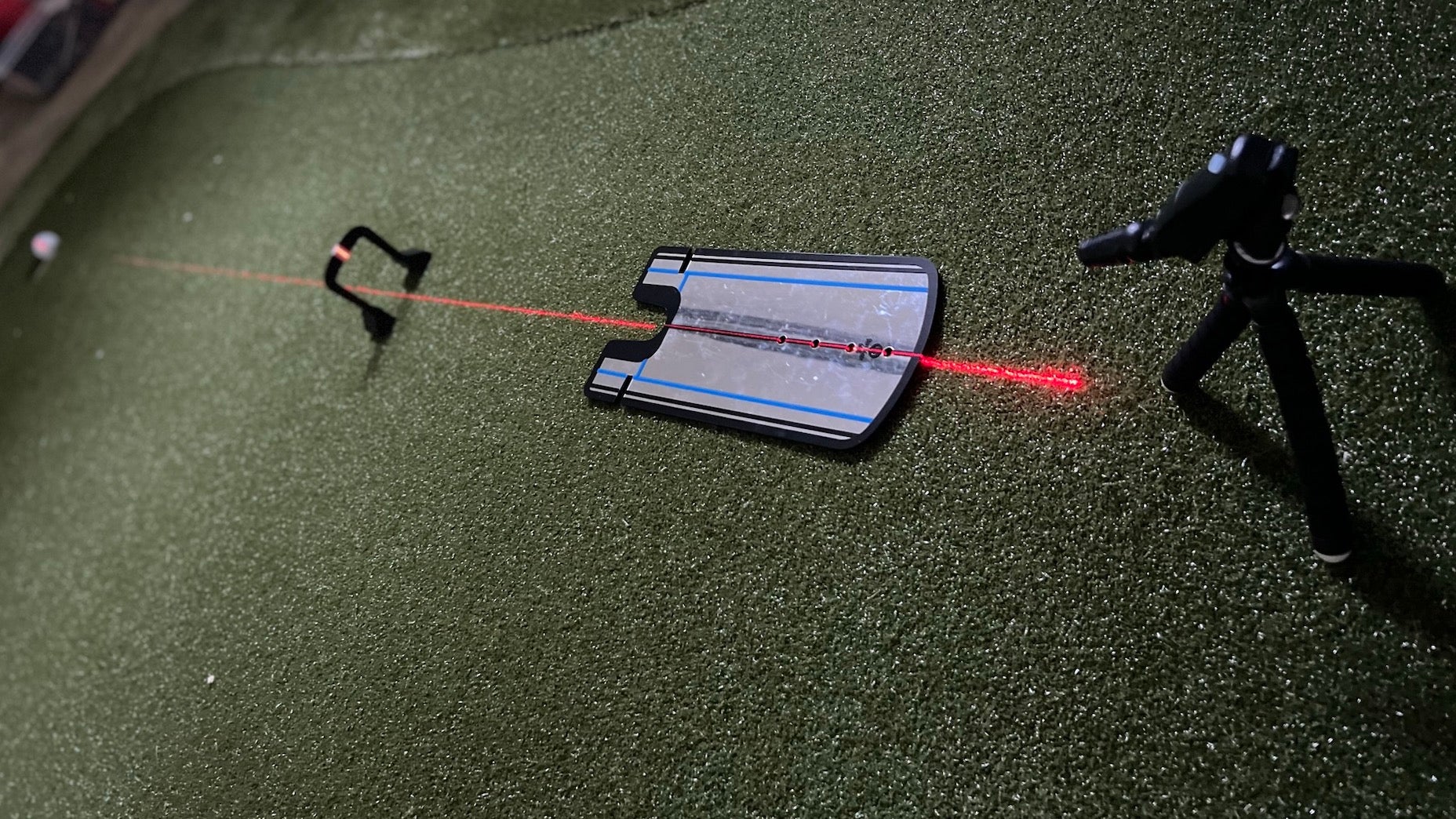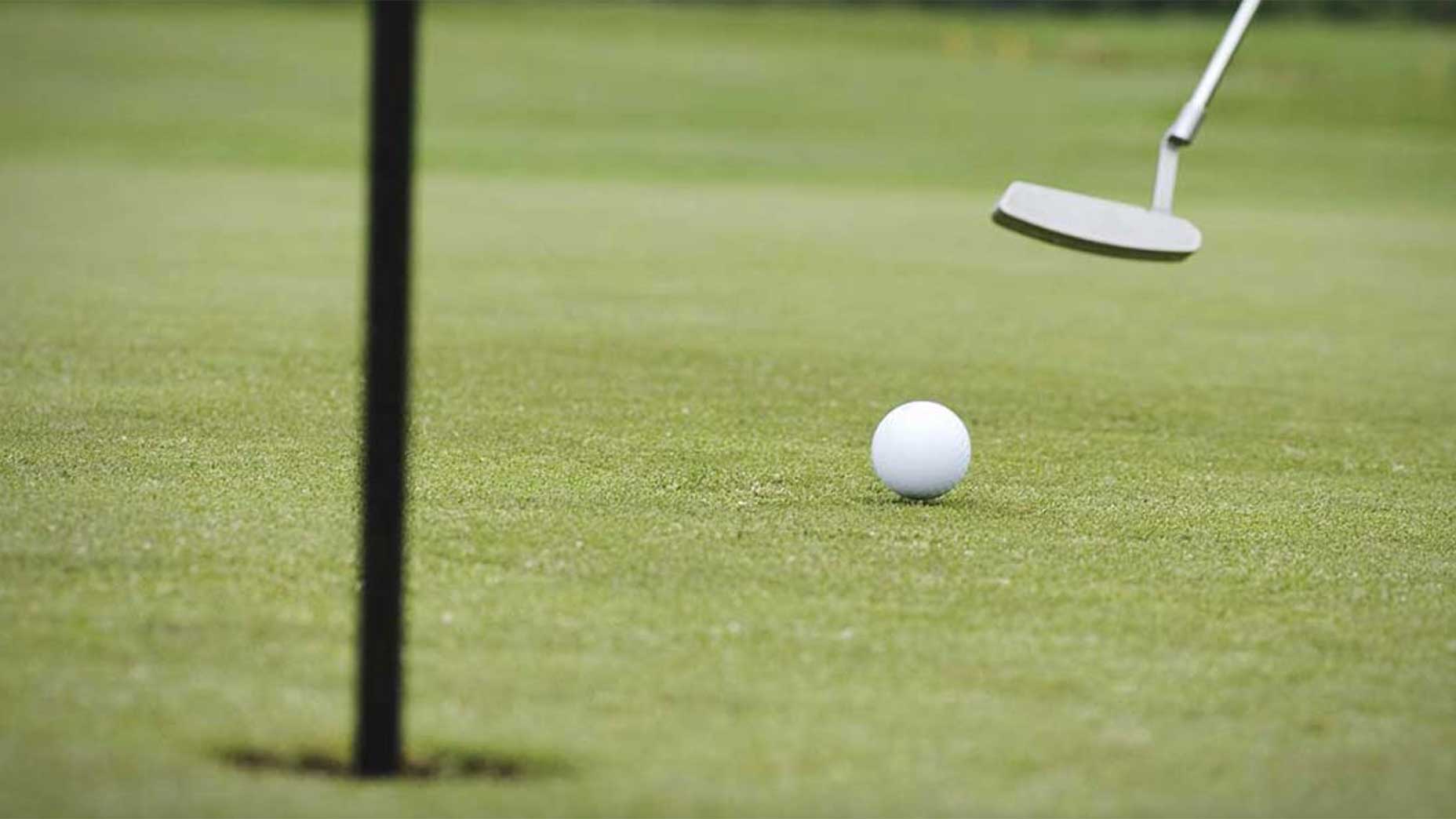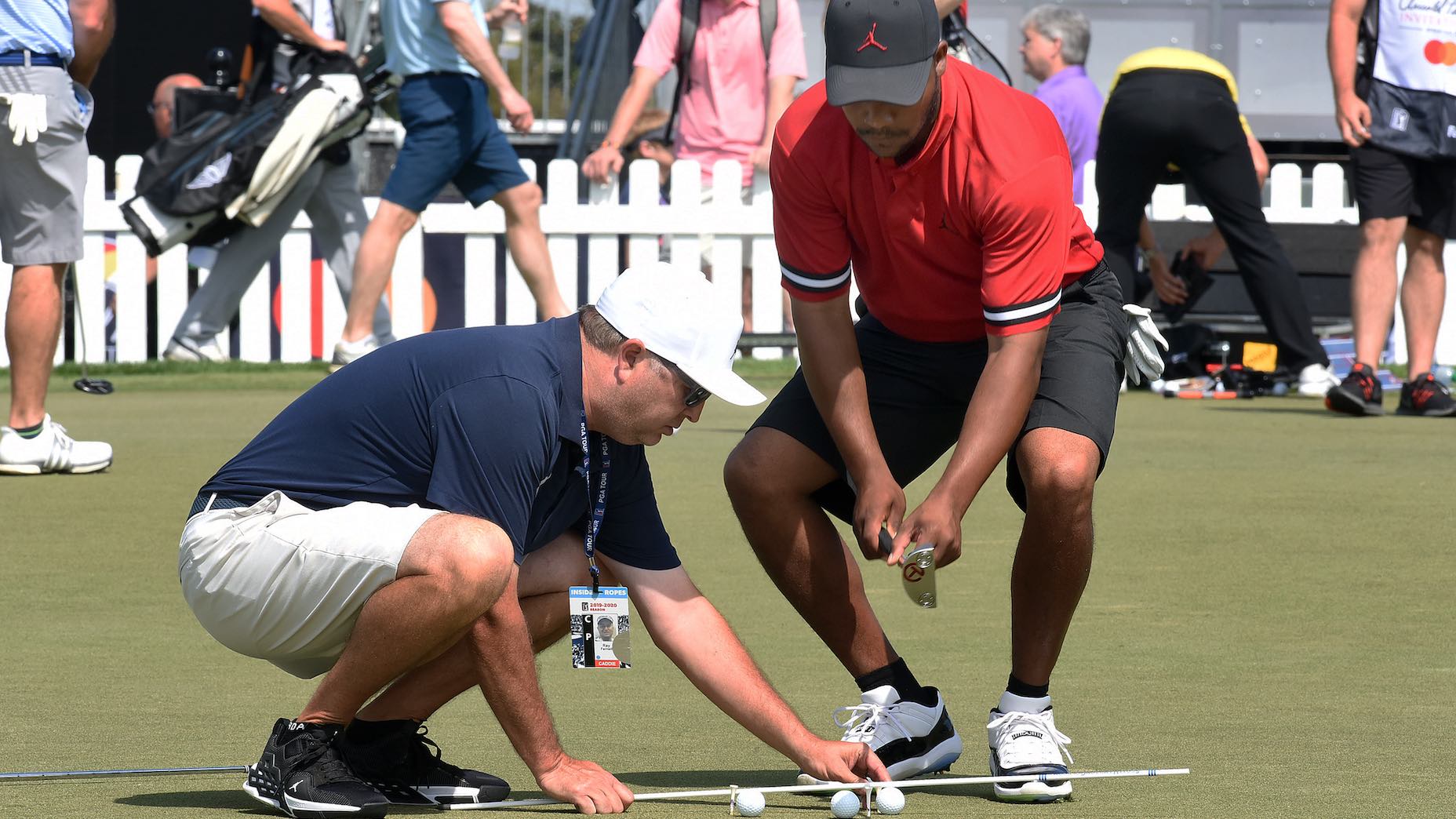5 mistakes high handicappers make over short putts, according to low handicappers
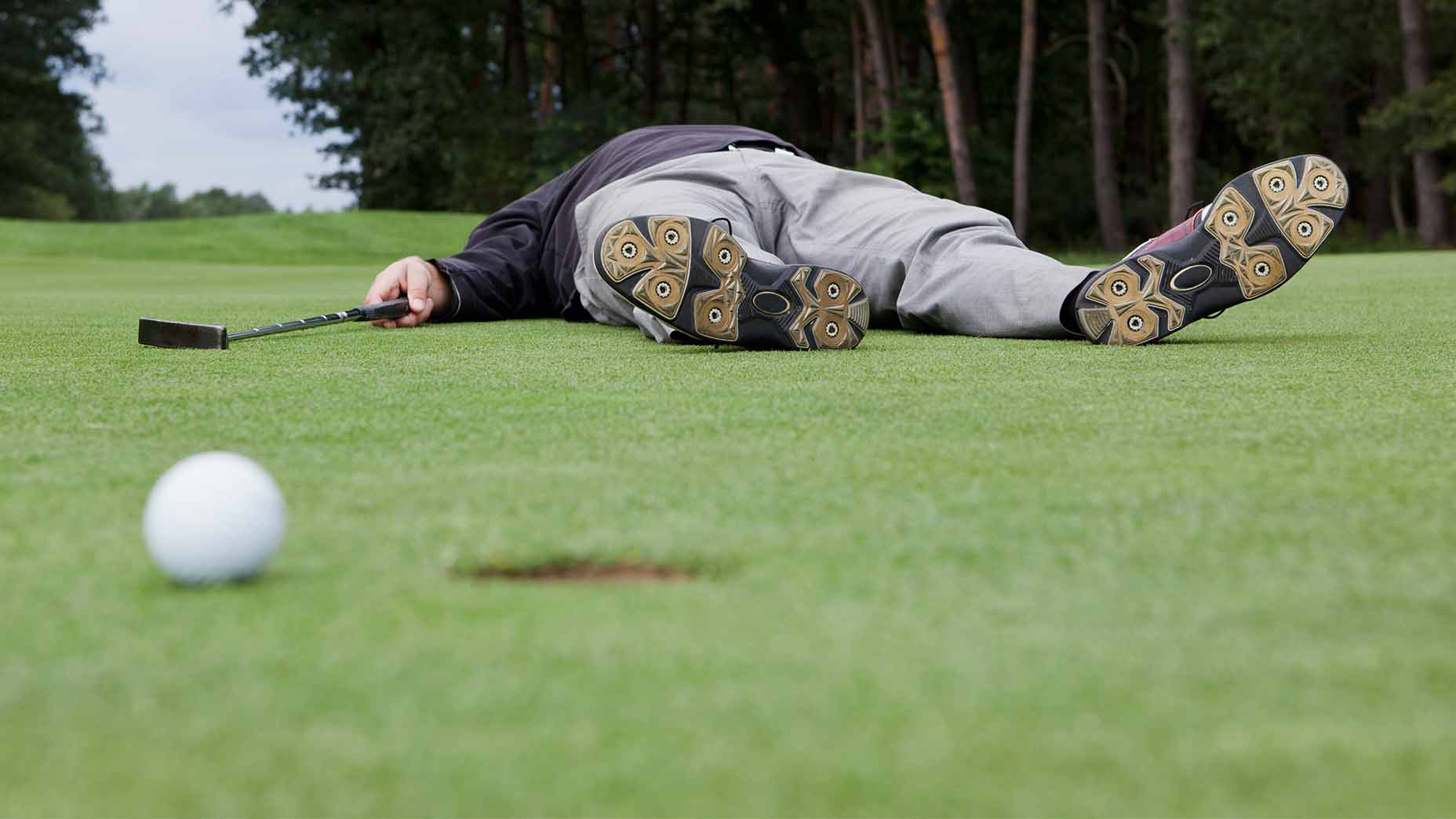
Missing a short putt can ruin a good round.
(Getty Images_
Missing a short putt can ruin a good round, and it’s the kind of thing that’s hard to forget. What’s the key to getting better over short putts? Enter GOLF’s resident low-handicaps, who are here to offer some helpful advice, golfer-to-golfer.

1. They don’t practice them enough
Dylan Dethier (+3.3 handicap): :
There’s no substitute for experience! If you want to make a bunch of putts on the course, make a bunch of putts off the course first. Eventually, they’ll be more comfortable. Either before you play (my recommendation) or after you finish your round (or both!) head to the green and line up some three-footers. Make 10 in a row before you leave. This helps. I promise!

2. They don’t have a system
Luke Kerr-Dineen (2.2 handicap): I’m not a particular good mid-range putter, but in my most solid stretches during my college golf days, I got pretty locked-in from short range. When I did, it’s because I designed a specific routine that got me comfortable and confident, every time. It doesn’t need to be anything complicated — in fact, the simpler the better — but it needs to be something you can fall back on every time you face a short putt.
Feel free to adopt mine as your own if you’d like:
- Use line on golf ball inside 10 feet.
- When the line is set, remove the marker and take aa last look, standing behind it.
- Walk into the putt. Looking at the hole, take two practice strokes, with a quick pause in between.
- Set up to golf ball.
- Last look at hole.
- Back to ball.
- Forward press
- Start stroke

3. They don’t look at the hole (on practice strokes)
Josh Sens (2.5 handicap): My advising someone on confidence over short putts is like Sergio Garcia counseling golfers on how not to be hot-headed: wrong guy for the job. They’ve freaked me out for years. But two things have occasionally helped. Looking at the hole while putting. It takes the brain out of the way at impact. And focusing on making an aggressive stroke, thinking about trying to get the ball to the back of the cup, not just trickling in over the front edge.
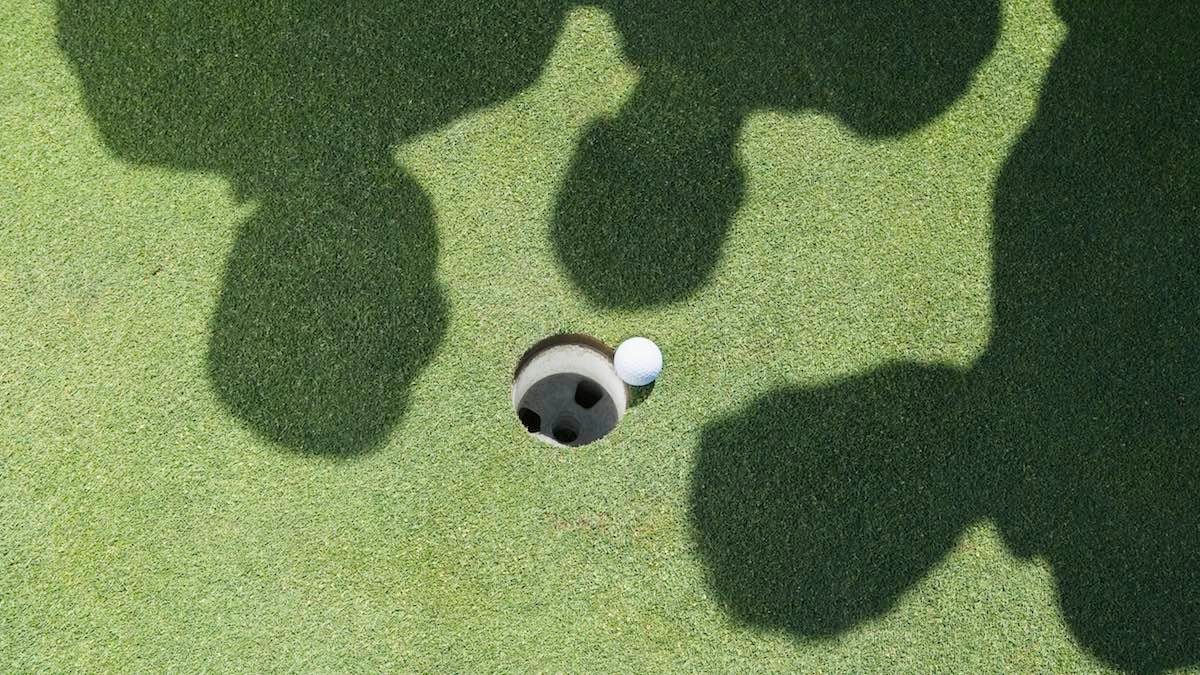
4. They’re not aggressive
Zephyr Melton, (6.7 handicap): When I start struggling on short putts, I try to remind myself to stay aggressive with my stroke. When you have no confidence, it’s easy to decelerate through the ball or guide the ball toward the hole — you won’t make a lot of putts doing that. Try to hit the ball with purpose and give it a little more pace to take some of the break out of the putt. Sure, if you miss you might have a longer one coming back, but you shouldn’t be thinking about what happens if you miss.

5. They look up too soon
Ashley Mayo (3.1 handicap): Listen to the ball drop into the hole! I remember reading a tip from Gary Player who said that the only reason we look up right away when we’re putting is because we’re unsure. So if you commit to *listening* to the ball drop into the hole over short putts, you’re also indirectly committing to your line and your confidence will shoot way up.


